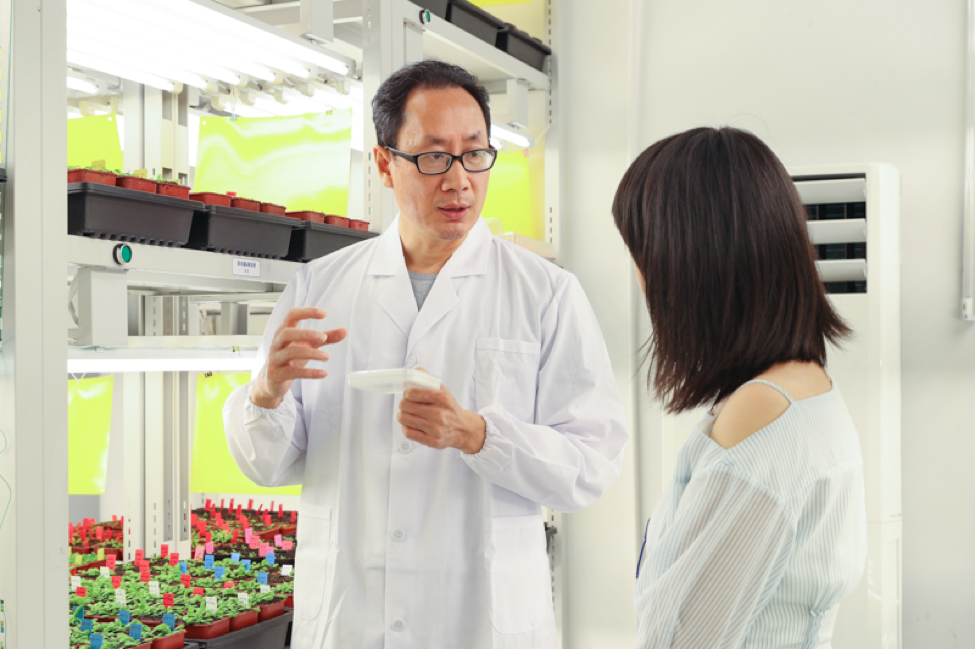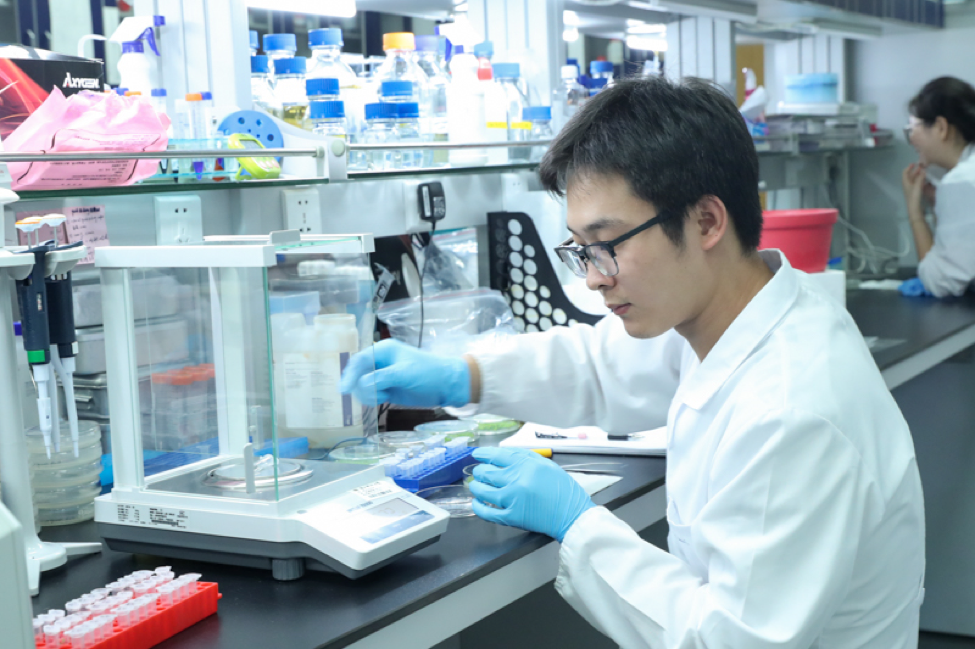On August 13, 2018, Professor Guo Hongwei from SUSTech’s Institute of Plant and Food Research published an online publication entitled “Integrated Regulation of Apical Hook Development by Transcriptional Coupling of EIN3/EIL1 and PIFs in Arabidopsis”. Dr. Zhang Xing, a visiting scholar at SUSTech (now a postdoctoral fellow at Duke University), is the first author of the paper, and Guo Hongwei is the author of the paper.

Guo Hongwei is a Chair professor at the Southern University of Science and Technology, a recipient of the National Science Fund for Distinguished Young Scholars. In 2016, he was appointed as the director of the Institute of Food Nutrition and Safety of Southern University of Science and Technology. He has long been engaged in research in plant molecular biology and genetics and has deep knowledge in the field of plant hormone biology. He is currently the member of the 11th National Youth Federation Standing Committee, the director of the Youth Working Committee of the Chinese Botanical Society, the executive director of the Chinese Botanical Society and the Chinese Crop Society, and the editorial board of the English academic journal Mol Plant, PCP, JIPB, JGG.
In order to further understand the story behind the molecular mechanism of ethylene regulation of plant growth and development, the reporter visited Professor Guo Hongwei to find out more.

Q: How long does it take for this project? Did you encounter any difficulties during the period?
A: It is difficult to say how long it has taken because a project requires a process, from conception to the end of the project. In fact, our project is an extension of previous work, with a solid research foundation, but there is no shortage of innovation. It has taken about three or four years to carry out this specific experimental research. There will always be big and small difficulties, regardless of the project. We were able to solve our own problems, sometimes by creating our own tools. For example, the growth and development of plants is a series of dynamic processes, so capturing these dynamic processes and quantitatively describing them is a common problem faced by plant developmental biology. The high-throughput phenotypic platform introduced by SUSTech has helped us solve this problem.

Q: Which members of your research group are there, including the students you bring? How have the students improved through this project?
A: Most of the members involved in this project are students except Dr. Wang Yichuan and Dr. Li Bosheng. Through this project, the students have mastered more experimental skills and effectively improved their scientific thinking literacy. They have also adjusted their mentality. They will find that experiments will not always succeed, and they will often fail. They did not stop because of the failure of individual experiments but learned to persist despite the frustration. The students have gradually matured and grown, so I think this shows their scientific development and maturity.
Q: Your research group is a team. How do you divide and work together?
A: As a team, the research group has gathered a group of small partners with different interests and different skills. Some may be good at plant morphology observations; some specialize in molecular and biochemical experiments; some have an aptitude for specialized data analysis. Everyone will be responsible for leading some sub-projects according to the overall research field for the group. For example, our work is led by Dr. Zhang Xing under my guidance. However, in the course of each project, everyone’s role is indispensable. Everyone was willing to help each other and work together to overcome one problem after another. It is the hard work and effort of everyone that made the team successful.
Plant Cell article full-text link:
http://www.plantcell.org/content/early/2018/08/13/tpc.18.00018
Journal of Integrative Plant Biology article full-text link:
https://onlinelibrary.wiley.com/doi/full/10.1111/jipb.12666
Plant Journal article full-text link:
Proofread ByXia Yingying
Photo ByDepartment of Biology